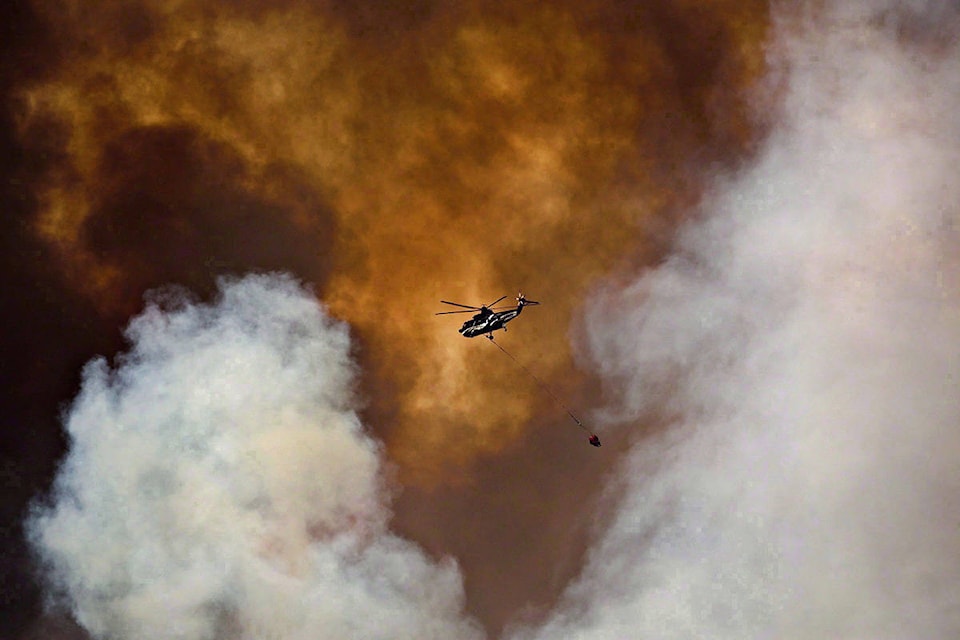By 2100 northern B.C. could be six degrees warmer.
A June 5 talk presented by the Bulkley Valley Research Centre (BVRC) offered a grim glimpse into future effects of climate change on northern B.C.
And while there are varying climate models for the region, presenter Vanessa Foord explained they all show one thing: an increase in temperature is all but guaranteed for the region in coming decades.
Worst-case climate models for the region show a six degree increase in temperature by 2100, with average scenarios pointing to around a three degree increase, something that drew gasps from the crowd of around 75 that came out to the event.
Foord is a research climatologist with the province’s Ministry of Forests, Lands, Natural Resource Operations and Rural Development.
Discussing human influence on recent climate trends she pointed to a study that looked at temperature data in Canada from 1948 to 2012.
“For B.C. they found that only 13 per cent of the warming during that time period was explained by natural factors, so then we assume of the [rest] of that is anthropogenic influences.”
Foord pointed to historical data on Pacific Decadal Oscillation (PDO) which refers to patterns of temperature variability in ocean climate throughout the mid-latitude Pacific basin.
During “warm” phases, the west Pacific cools and parts of the eastern ocean increase in temperature; during a “cool” phase the opposite happens.
And while Foord acknowledged that there are natural variations in climate trends, she pointed to a historical increase over time in the maximum temperatures associated with PDO trends.
“Every subsequent phase of the [PDO] has been warmer than previous, so every subsequent cool phase has been warmer than the past and every subsequent warmer phase has been warmer than the past,” Foord explained.
“Even our last cool phase of the PDO was warmer than the last warm phase of the PDO … when you have this long trend of change over time, that’s climate change.”
Beyond changes in temperature, Foord said that residents in the Bulkley Valley could expect to see more examples of extreme weather in the area, such as forest fires or extreme cold snaps, if trends do not change.
“We had flooding in late May of 2018 and then six weeks later a whole bunch of the province was on fire … that’s not normal for B.C.”
Temperature data from 1942-2018 for Smithers paints a similar picture.
Between those years the town saw its mean temperature go up by 1.6 degrees and it’s maximum temperature increase by 2.3 degrees.
Minimum temperatures went up 5.6 degrees, while winter saw a decrease of 35 per cent in precipitation.
Foord explained it in quite simple terms.
“Your hot days are getting hotter.”
Foord is one of just two climatologists with the ministry, something that an audience member asked her about.
“Did you say that there are only two climatologists with government in B.C? [Isn’t] that f——- up?” they asked.
“I’m really, really busy,” said Foord, among laughter.
Leading climate scientists have already said that there are only a dozen years left for global warming to be restricted to a 1.5C increase.
The report by the UN Intergovernmental Panel on Climate Change (IPCC) released last October says that countries must make significant and rapid changes to keep global temperatures from increasing over this figure, which is at the most optimistic end of the 2016 Paris climate agreement goals.
